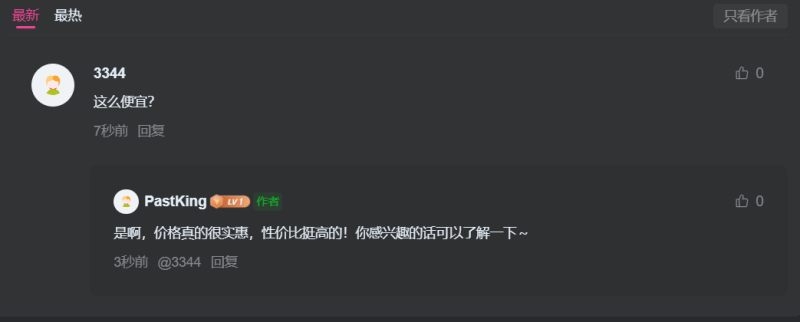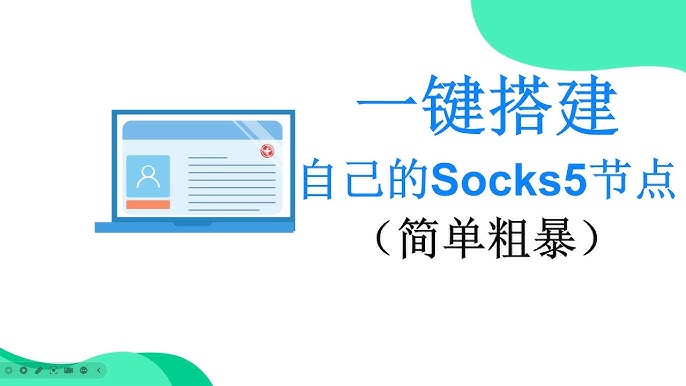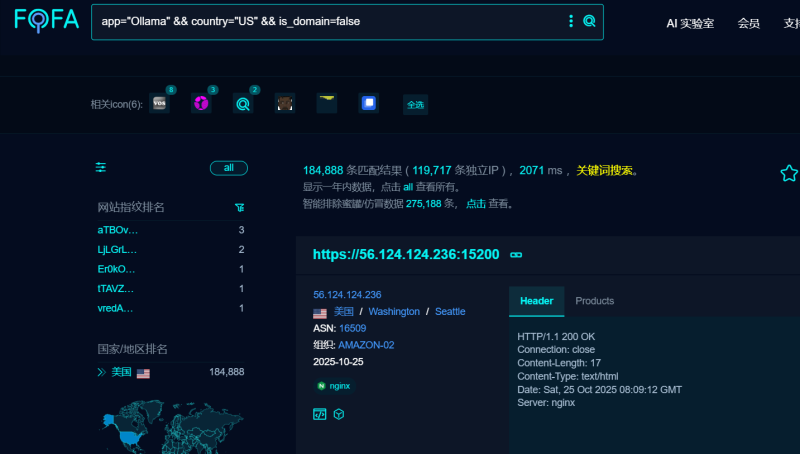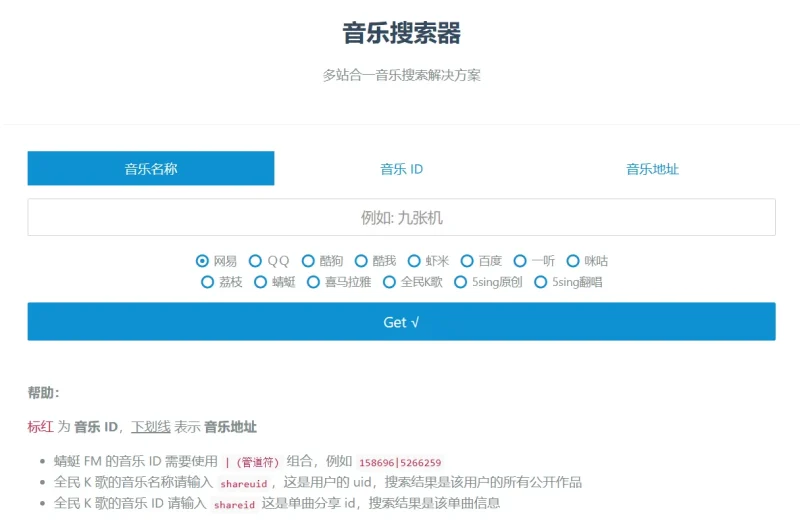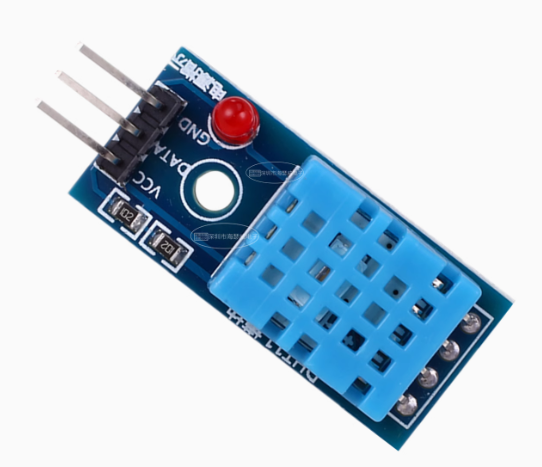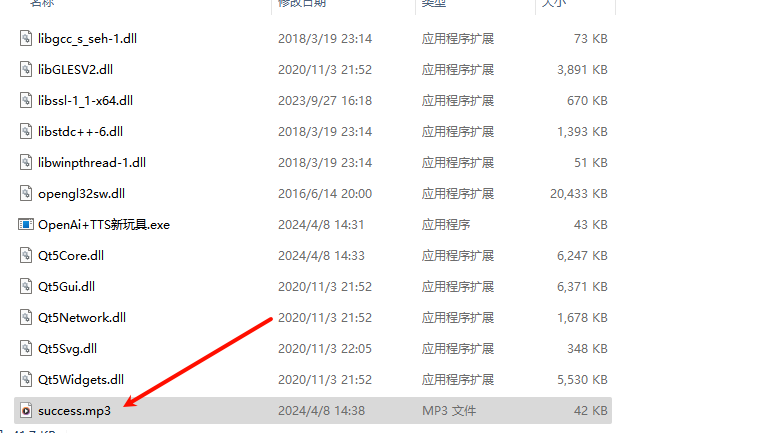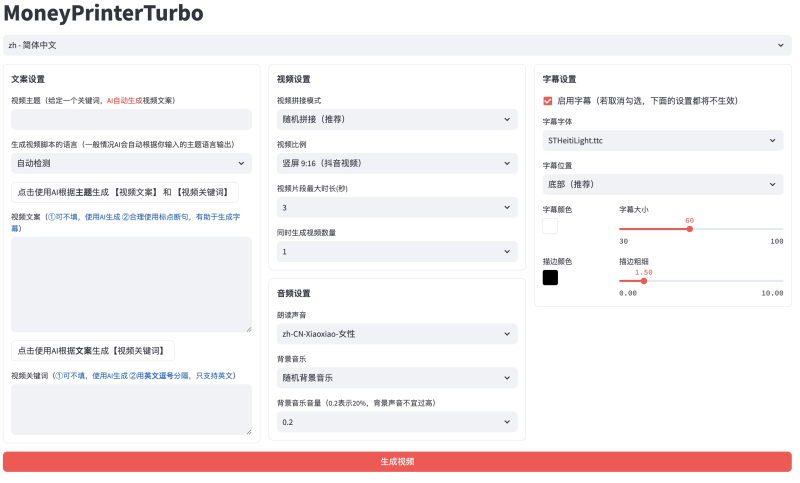前言
NotionNext 自带的 AI 文字摘要功能使用了 TianliGPT,这是一个付费服务,用过的都知道其价格并不十分合适。为了优化成本,我开发了一套摘要生成方案。
故此,我们重新写了一份。
就以这篇文章为例:
基于Vue、MarkMap、OpenAi开发的思维导图生成器 | 昔尘源分享
项目介绍
UI展示
![图片[1]-NotionNext AI摘要优化方案与Cloudflare Workers后端实现详解](https://www.azx.us/wp-content/uploads/2025/03/a33b0611811cff7-300x69.png)
后端实现
使用 Cloudflare Workers 搭建 AI 摘要的后端,
function addHeaders(response) {
response.headers.set('Access-Control-Allow-Origin', '*')
response.headers.set('Access-Control-Allow-Credentials', 'true')
response.headers.set(
'Access-Control-Allow-Methods',
'GET,HEAD,OPTIONS,POST,PUT',
)
response.headers.set(
'Access-Control-Allow-Headers',
'Origin, X-Requested-With, Content-Type, Accept, Authorization',
)
}
async function sha256(message) {
// encode as UTF-8
const msgBuffer = await new TextEncoder().encode(message);
// hash the message
const hashBuffer = await crypto.subtle.digest("SHA-256", msgBuffer);
// convert bytes to hex string
return [...new Uint8Array(hashBuffer)]
.map((b) => b.toString(16).padStart(2, "0"))
.join("");
}
export default {
async fetch(request, env, ctx) {
const url = new URL(request.url);
if (url.pathname.startsWith('/api/summary')) {
let response
if (request.method == 'OPTIONS') {
response = new Response('')
addHeaders(response)
return response
}
if (request.method !== 'POST') {
return new Response('error method', { status: 403 });
}
if (url.searchParams.get('token') !== env.TOKEN) {
return new Response('error token', { status: 403 });
}
let body = await request.json()
const hash = await sha256(body.content)
const cache = caches.default
let cache_summary = await cache.match(`http://objects/${hash}`)
if (cache_summary) {
response = new Response(
JSON.stringify({
summary: (await cache_summary.json()).choices[0].message.content
}),
{ headers: { 'Content-Type': 'application/json' } },
)
addHeaders(response)
return response
}
const cache_db = await env.DB.prepare('Select summary from posts where hash = ?').bind(hash).first("summary")
if (cache_db) {
response = new Response(
JSON.stringify({
summary: cache_db
}),
{ headers: { 'Content-Type': 'application/json' } },
)
addHeaders(response)
ctx.waitUntil(cache.put(hash, new Response(
JSON.stringify({
choices: [
{
message: {
content: cache_db,
}
}
]
}),
{ headers: { 'Content-Type': 'application/json' } },
)))
return response
}
const init = {
body: JSON.stringify({
"model": env.MODEL,
"messages": [
{
"role": "system",
"content": "你是一个摘要生成工具,你需要解释我发送给你的内容,不要换行,不要超过200字,不要包含链接,只需要简单介绍文章的内容,不需要提出建议和缺少的东西,不要提及用户.请用中文回答,这篇文章讲述了什么?"
},
{
"role": "user",
"content": body.content
}
],
"safe_mode": false
}),
method: "POST",
headers: {
"content-type": "application/json;charset=UTF-8",
"Authorization": env.AUTH
},
};
const response_target = await fetch(env.API, init);
const resp = await response_target.json()
response = new Response(
JSON.stringify({
summary: resp.choices[0].message.content
}),
{ headers: { 'Content-Type': 'application/json' } },
)
ctx.waitUntil(cache.put(`http://objects/${hash}`, response_target))
await env.DB.prepare('INSERT INTO posts (hash, summary) VALUES (?1, ?2)').bind(hash, resp.choices[0].message.content).run()
addHeaders(response)
return response
}
return new Response('Hello World!');
},
};
注:后端可自行修改,符合下面的API文档即可
- API文档
请求相关说明
POST /api/summary请求
- 方法:
POST - 路径:
/api/summary?token=<TOKEN> - 头部:
Content-Type:application/jsonAuthorization:Bearer <TOKEN>(与环境变量env.TOKEN中的令牌匹配)
- 请求体(JSON):
{ "content": "<your_content_here>" }content: 需要生成摘要的文本内容。
响应
- 状态码:
200 OK - Content-Type:
application/json - 响应体:
{ "summary": "<generated_summary>" }summary: 生成的内容摘要(中文,最多 200 字)。
- 方法:
前端搭建
仓库:https://github.com/PastKing/Post-Abstract-AI-NotionNext
使用教程
克隆本项目到自己的GitHub仓库
- 在 GitHub 页面中,点击右上角的 Fork 按钮,将项目克隆到自己的 GitHub 账户下。
- 修改项目中的第 156 行,替换为你自己的后端请求地址。

代理代码
通过以下 URL 来代理你的 js 代码:
<https://jsd.cdn.zzko.cn/gh/{{your-username}>}/Post-Abstract-AI-NotionNext@master/pastking_gpt.js
将 {{your-username}} 替换为你的 GitHub 用户名。
修改NotionNext
在 NotionNext 项目的环境变量中,修改 NEXT_PUBLIC_TIANLI_GPT_KEY 属性,随意填写一个值(例如:5Q5mpqRK5DkwT1X9Gi5e)。
替换原有的 NEXT_PUBLIC_TIANLI_GPT_JS 属性。

保存更改后即可启动 AI 摘要功能。
© 版权声明
THE END



